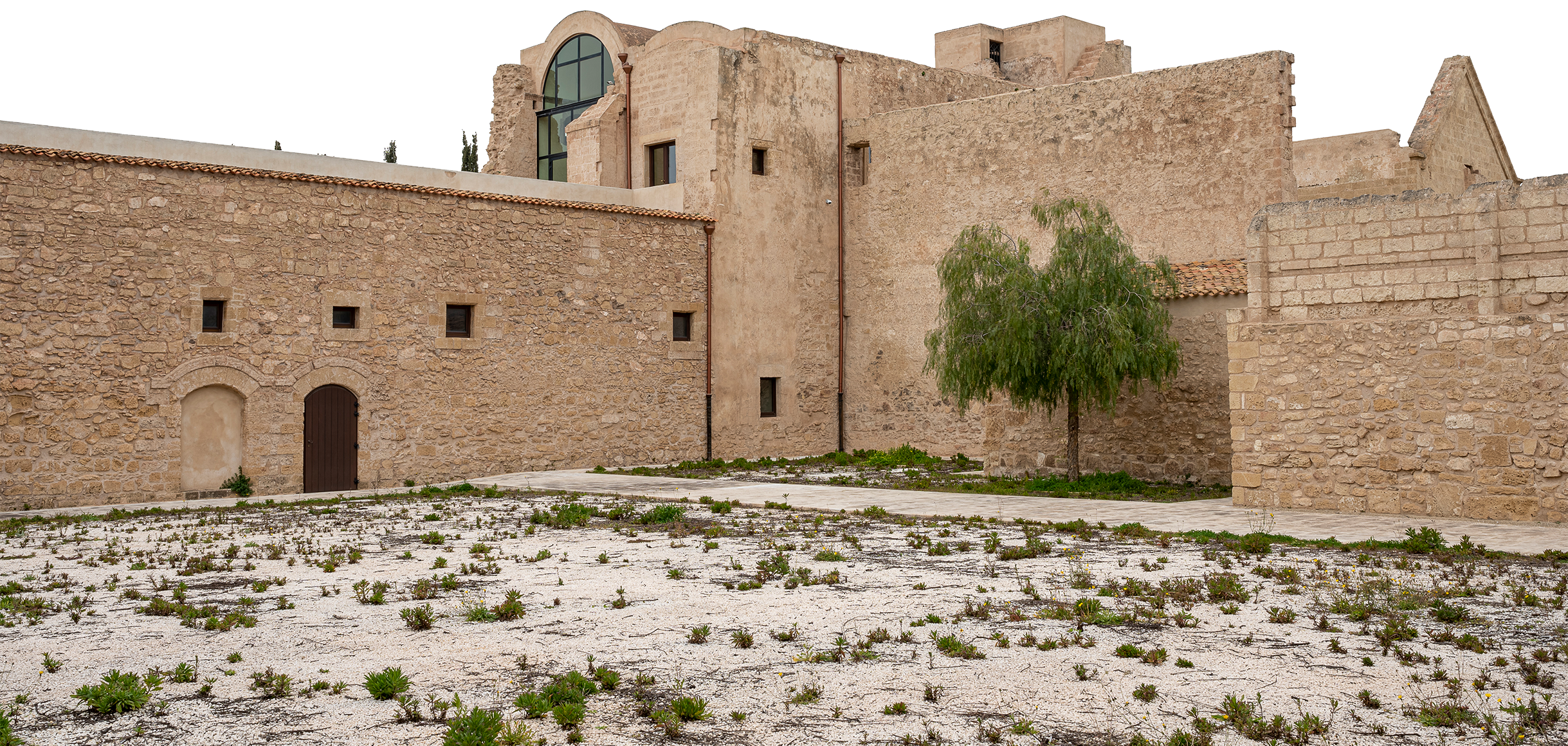
Garden
The space in the southern courtyard was probably used as a cloister. In the monasteries this represented a privileged place where the monks could devote themselves to sacred readings and communal moments. In the cloisters the perimeter was structured in covered corridors that opened onto a central courtyard, often characterised by the presence of a well or a fountain. The rest of the outdoor area was used as gardens, for the cultivation of plant species necessary for monastic life.
Garden
The space in the southern courtyard was probably used as a cloister. In the monasteries this represented a privileged place where the monks could devote themselves to sacred readings and communal moments. In the cloisters the perimeter was structured in covered corridors that opened onto a central courtyard, often characterised by the presence of a well or a fountain. The rest of the outdoor area was used as gardens, for the cultivation of plant species necessary for monastic life.
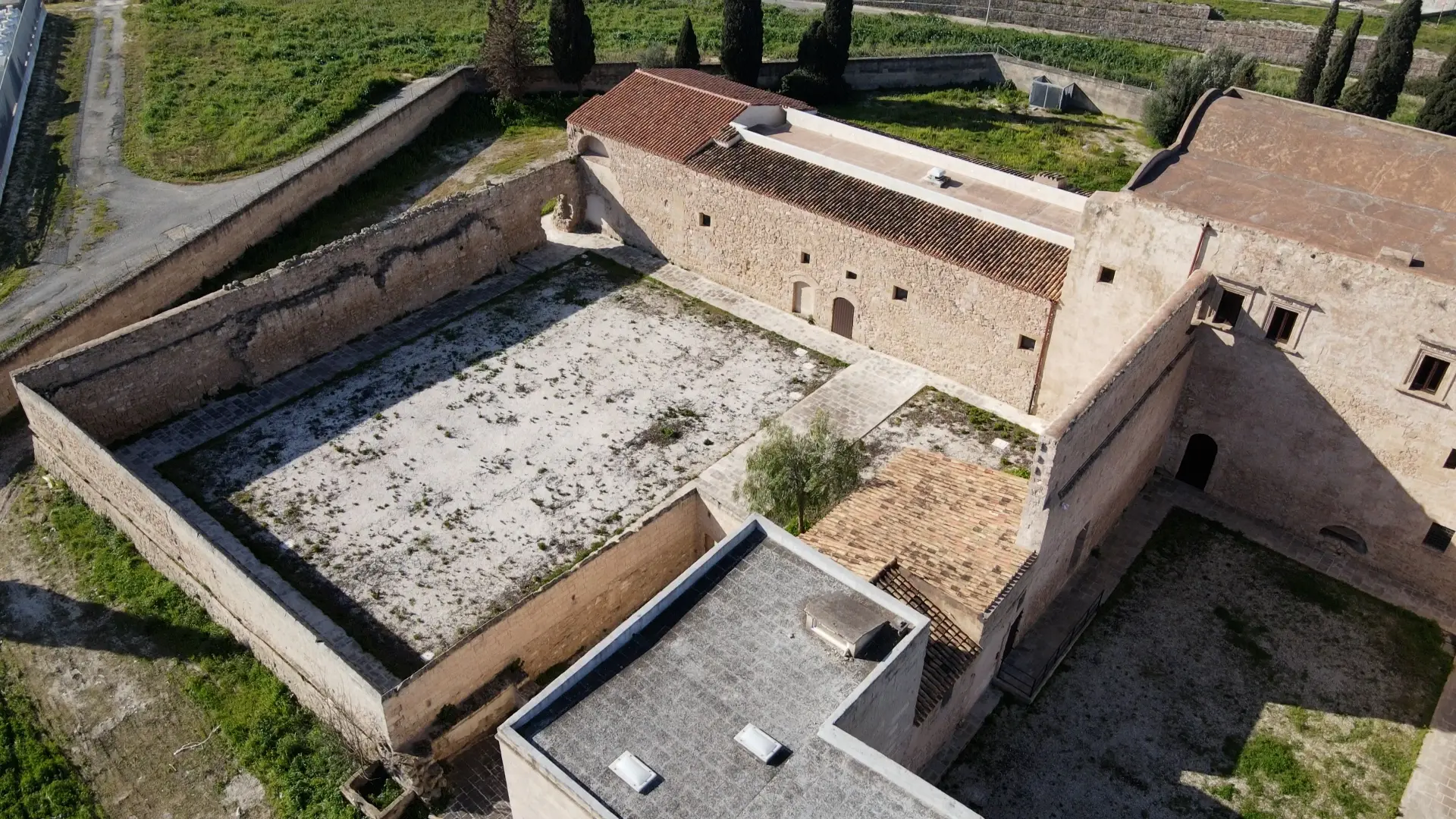
The gardens of the monks
The gardens of the monks
The vegetable species in the gardens of the monasteries represented an important economic resource for the daily life of these communities, essential to lead an isolated and autonomous life. In the garden (hortus conclusus) the crops were arranged according to ordered geometries, with species used for food and medical purposes, generally distributed in four main areas dedicated to vegetables (horti), fruit trees (pomaria), ornamental plants (viridaria) and medicinal plants (herbaria), the latter used for therapeutic and curative purposes. Furthermore, there is evidence that there were also various floral species in the gardens, symbolically evoking Christian values and virtues.
The crops of the monks
For Santa Maria della Giustizia, and for Taranto in general, horticulture has played an essential role in daily life as a supplier of the main source of food supply, complementary to broad beans (with leaves) and with wheat, for bread making. Indeed, in the area surrounding the abbey, the vegetables which were most frequently mentioned in historical documents are: cabbage, escarole, top and white chicory, turnips, lettuce, onions, cardoons or artichokes (scalere), fennel, calabash pumpkins (cocozze), peas, onions, garlic, parsley (petrosine), carrots (parsnips), radishes, eggplants (mullignane), catalonia chicory, beans.
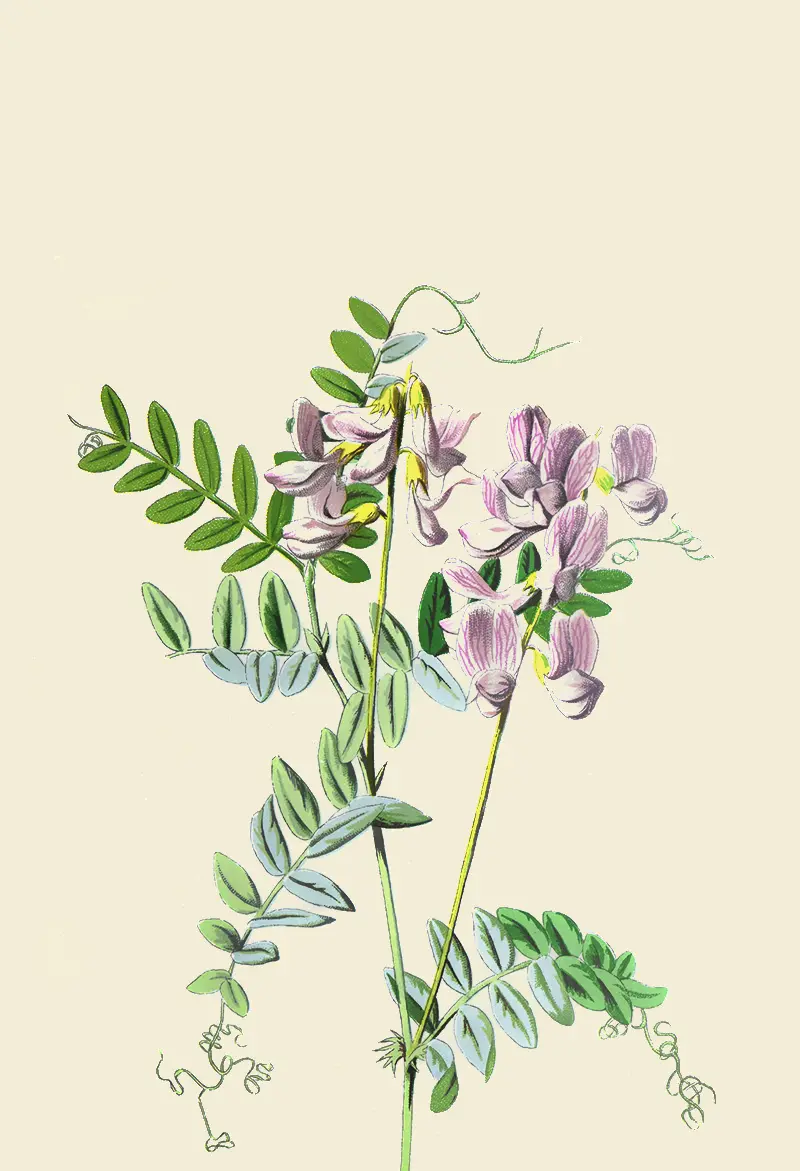
Broad Beans
Vicia faba, an essential protein source, also rich in mineral salts and vitamins.
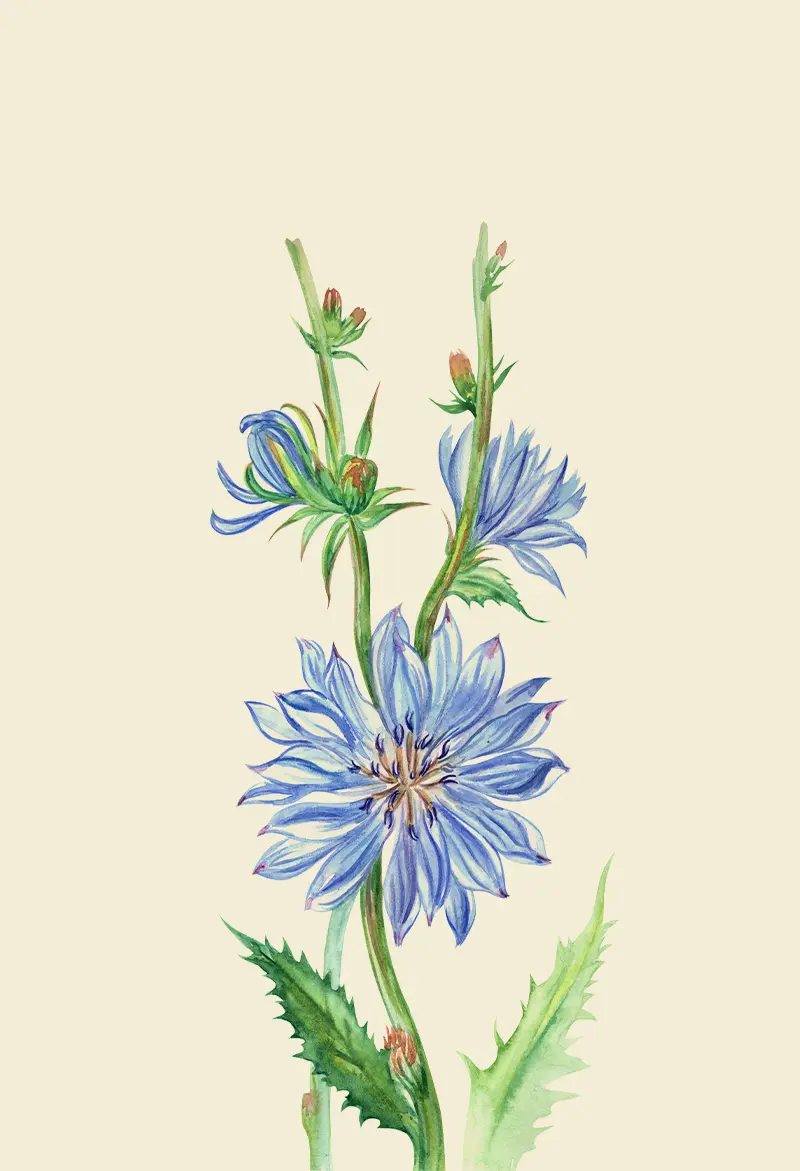
Chicory
Cichorium Intybus, Wild field chicory, edible plant, with a bitter taste. It also has a purifying and detoxifying power.
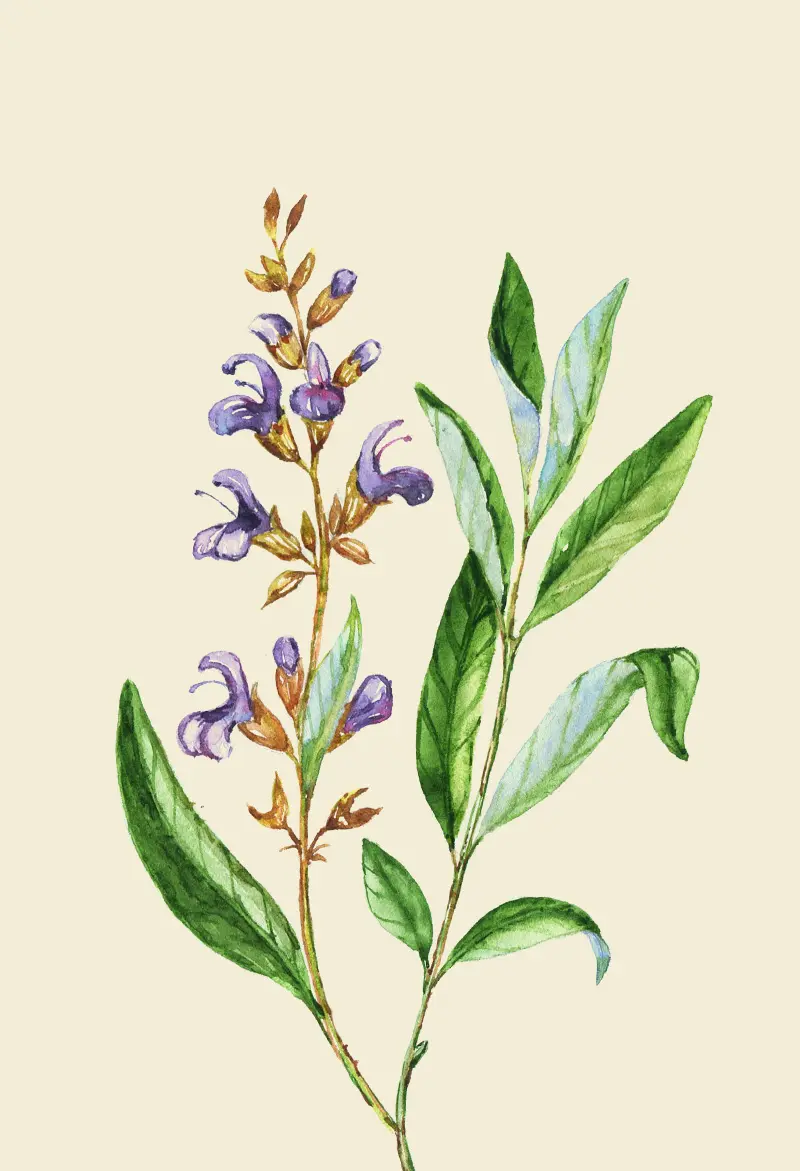
Sage
Salvia officinalis L. Pianta aromatica e dal potere curativo: depurativa, cicatrizzante, antisettica e antinfiammatoria.

Valerian
Valeriana officinalis L. Used with compresses on wounds, joint pain caused by gout and varicose veins.
Santa Maria della Giustizia and its monks

CLICK AND BROWSE

CLICK AND BROWSE







